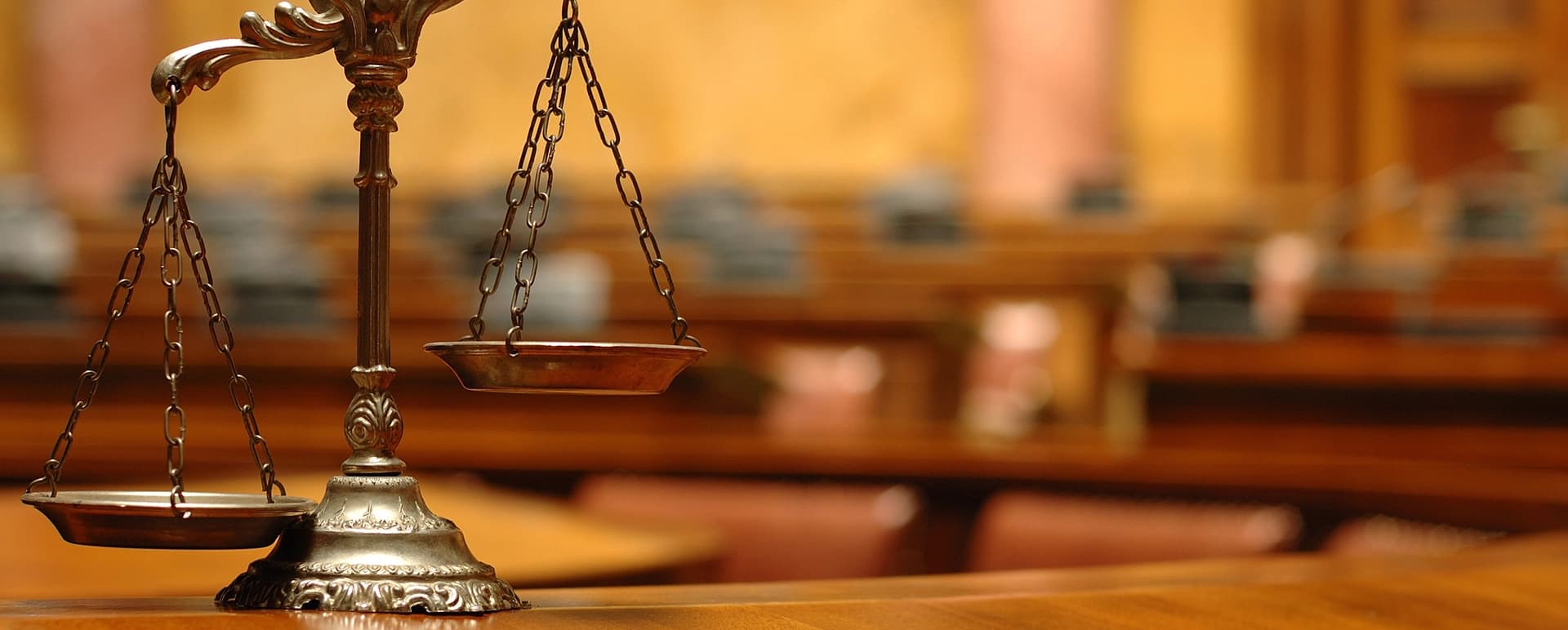Captivate the Jury: Vital Components of a Powerful Trial Discussion
Crucial components such as recognizing the audience, crafting a compelling narrative, and understanding verbal and non-verbal communication are vital parts of a reliable presentation. As these aspects intertwine, they develop a natural strategy that not just educates yet also engages jurors on numerous degrees.

Understanding Your Audience
Understanding your target market is a critical facet of effective test discussion. An effective presentation depends upon the capability to understand the demographics, worths, and predispositions of jurors. This understanding notifies how debates are mounted, evidence exists, and sob stories are crafted, making sure that the message reverberates with the jurors on a personal degree.
Research study shows that jurors come from diverse backgrounds and may have differing levels of understanding pertaining to legal process. In addition, understanding the jurors' possible prejudices and life experiences permits the trial presenter to expect arguments and address concerns proactively.
Effective test presentation likewise involves observing jurors' responses during the process. Being in harmony with non-verbal hints can supply understanding into their involvement and understanding, permitting real-time modifications in technique. Inevitably, a profound understanding of the audience not only boosts interaction yet additionally builds relationship, increasing the possibility of a beneficial outcome. Involving with jurors as people as opposed to a collective unit is important in fostering a solid connection in the courtroom.

Crafting an Engaging Narrative
Crafting a compelling story is important in guiding jurors through the intricacies of a situation. A well-structured narrative not just simplifies complex legal principles yet also involves jurors on a psychological degree, making the details extra relatable and remarkable.
To achieve this, attorneys need to begin by recognizing the core message they desire to communicate. This message should resonate with the jurors' worths and experiences, fostering a link that goes beyond simple realities. The story must unravel logically, providing occasions in a clear sequence to avoid complication. This sequential method can aid jurors follow the development of events, stressing domino effect.
Including human components-- such as individual stories or anecdotes-- can further boost the narrative's impact. These components stimulate empathy, allowing jurors to picture the repercussions of the instance on real lives. Furthermore, utilizing a constant motif throughout the discussion strengthens the main disagreement, making it less complicated for jurors to retain crucial points.
Inevitably, an engaging story transforms a test presentation from a mere recitation of truths into an influential tale that mesmerizes the court, urging them to deliberate with both factor and feeling.
Utilizing Aesthetic Aids
Integrating visual help right into a trial discussion can considerably enhance jurors' understanding and retention of details. Visual materials such as graphes, diagrams, photographs, and videos can change intricate legal ideas and proof right into conveniently digestible formats. By involving multiple senses, these help enable jurors to envision the instance's vital elements, making it simpler for them to adhere to along and grasp elaborate information.
Furthermore, properly designed aesthetic help can emphasize crucial points and highlight partnerships between different pieces of evidence. As an example, timelines can efficiently highlight the series of events, while annotated images can make clear specific details pertinent to the situation. This not only help in understanding yet likewise strengthens the story offered by the attorney.
Extremely intricate or cluttered visuals may bewilder jurors and detract from the message. Inevitably, reliable aesthetic communication can be a powerful tool in convincing jurors and helping them reach informed conclusions.
Mastering Verbal Interaction
Effective spoken communication is essential in a trial presentation, as it serves as the key ways with which attorneys share their debates and link with jurors. Simpleness in language promotes understanding and aids jurors understand complex problems provided throughout the test.
Moreover, tone and pacing substantially influence how messages are gotten. A certain tone conveys authority, look here while ideal pacing enables jurors to soak up information without feeling overwhelmed. Lawyers ought to likewise vary their vocal inflections to highlight bottom lines and maintain jurors' interest throughout the discussion.
Additionally, the organization of spoken debates is important. Structuring the narrative realistically and coherently helps jurors follow the lawyer's line of thinking, making it less complicated for them to maintain important details. Using persuasive strategies, such as narration, can likewise enhance the psychological resonance of the arguments presented, thus creating a much more profound link with jurors.
Inevitably, mastering verbal interaction not just reinforces an attorney's situation yet additionally cultivates count on and relationship with the jury, considerably boosting the opportunities of a desirable verdict.

Engaging With Body Movement
Nonverbal communication plays a vital role in test presentations, frequently communicating messages that words alone can not reveal. Body movement, encompassing gestures, position, face expressions, and eye get in touch with, significantly affects exactly how jurors regard the integrity and sincerity of the speaker. A positive stance, with shoulders back and an open pose, can infuse count on, while closed-off body language may recommend defensiveness or uncertainty.

Faces should reflect the emotions linked with the case, strengthening the narrative existing. For example, a genuine expression throughout an emotional minute can elicit empathy and enhance the sob story. Ultimately, mastering body movement is necessary for effective trial discussions, as it improves spoken communication and develops an engaging existence that resonates with the jury.
Final Thought
To conclude, captivating the court necessitates a tactical strategy that go to this web-site includes recognizing the target market, crafting a compelling narrative, making use of visual help, understanding spoken communication, and involving through body movement. Each aspect plays a vital function in creating a powerful trial discussion that reverberates with jurors on both emotional and intellectual levels (trial presentation). By incorporating these parts successfully, attorneys can dramatically improve their capability to persuade and influence court decision-making